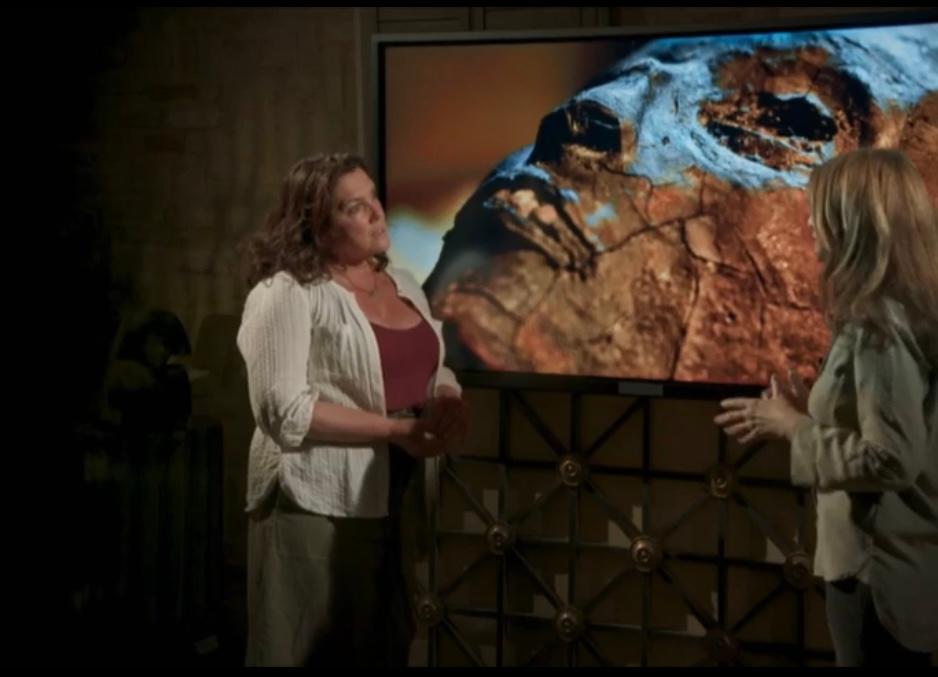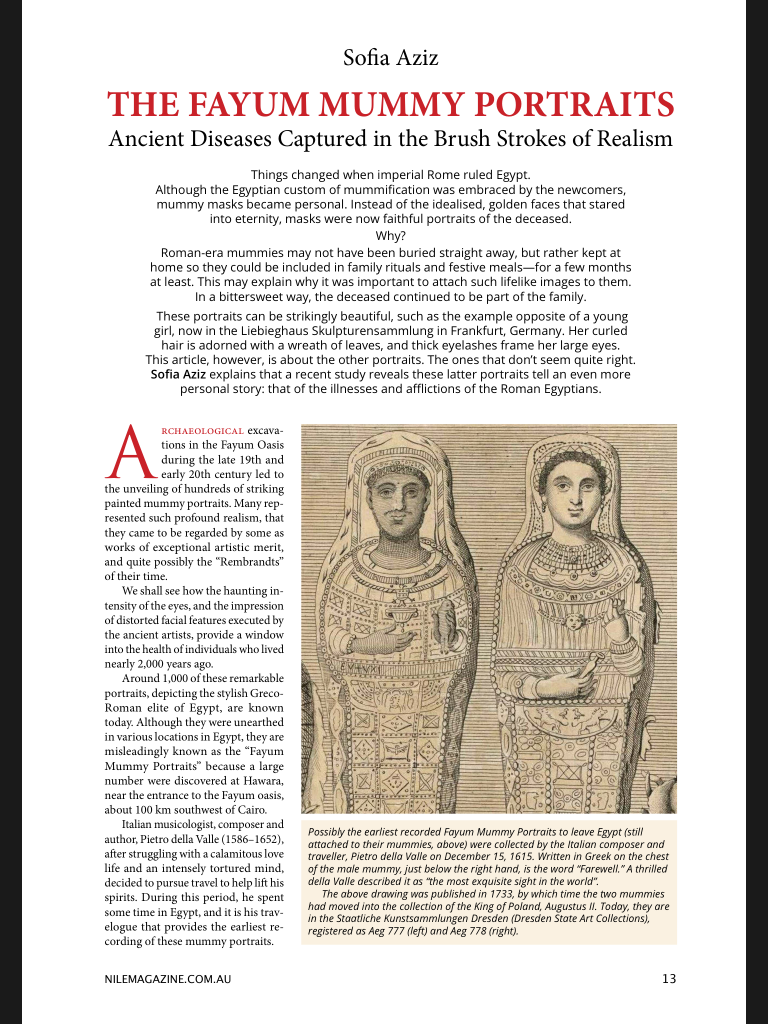My talk on “Women’s Health” in ancient Egypt is now available on YouTube. A huge thank you to all those that attended and for Sarah Janes for being a brilliant host.
Medical treatment for women in ancient Egypt included both magico-religious principles and medical practices. There were a number of deities that specifically protected women during pregnancy, childbirth and illness.
In this talk I discuss Menopause. In my opinion the debilitating effects of declining oestrogen levels were as much a challenge for women in ancient Egypt as they are now. It is a subject that has not been tackled because of the misconception all women in ancient Egypt died by the age of 35. This is simply not accurate.
I also discuss violence and sexual assault against women. This is a difficult and sensitive subject but I feel an important one to address. Finally I look at a subject that is close to my heart – how did women with disabilities cope in ancient Egypt?


